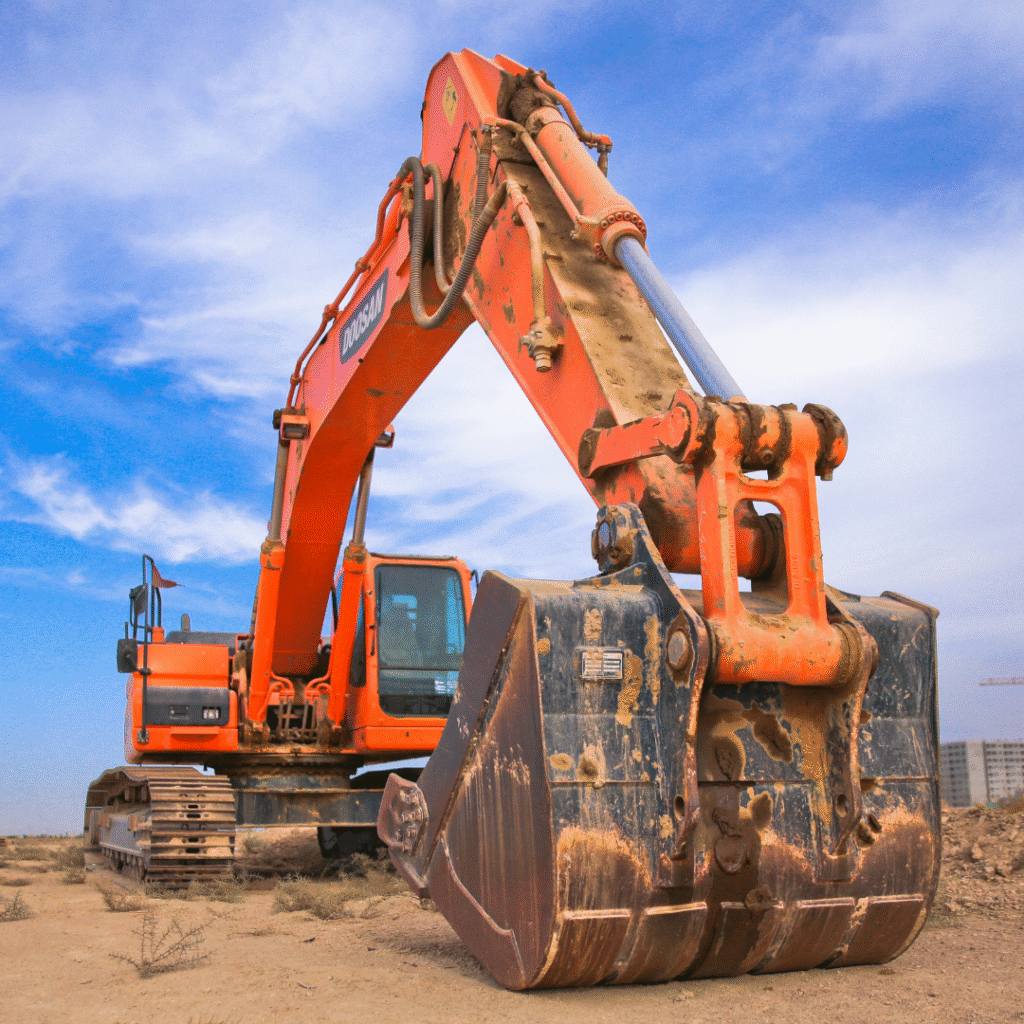
Get In Touch
Industrial Parks 2.0: Smarter, Greener, More Productive
Industrial parks have long been the backbone of manufacturing and business growth, providing companies with dedicated spaces to operate efficiently. But in today’s rapidly changing world, traditional industrial parks are evolving into something far more advanced. Welcome to Industrial Parks 2.0—designed to be smarter, greener, and more productive than ever before.
What Are Industrial Parks 2.0?
Industrial Parks 2.0 are modernized industrial zones that integrate technology, sustainability, and flexibility into their design. Unlike older models, which were focused purely on space allocation, these new-age parks aim to create environments that maximize efficiency, reduce environmental impact, and foster innovation.
Key features include:
Smart infrastructure with IoT-enabled systems
Green buildings and renewable energy integration
Waste management and water recycling systems
Digital connectivity for real-time monitoring
Flexible layouts for diverse industries
Why the Shift?
Several factors are driving the transformation from traditional industrial parks to Industrial Parks 2.0:
Sustainability Demands – With stricter environmental regulations and a global push toward green practices, industries are expected to reduce their carbon footprint.
Technological Advancements – Smart sensors, AI, and automation have become essential tools for optimizing operations.
Changing Business Needs – Companies today need flexible spaces that can adapt quickly to shifts in demand, new machinery, or hybrid operations.
Global Competitiveness – Businesses located in modern industrial parks gain an edge in terms of efficiency, compliance, and cost savings.
Key Benefits of Industrial Parks 2.0
1. Smarter Infrastructure
IoT-enabled systems can monitor energy usage, track equipment performance, and even predict maintenance needs, helping businesses cut costs and avoid downtime.
2. Greener Operations
From solar rooftops to rainwater harvesting and eco-friendly construction materials, Industrial Parks 2.0 are designed with sustainability at the core. This not only reduces the environmental impact but also helps companies meet ESG (Environmental, Social, and Governance) goals.
3. Higher Productivity
With advanced logistics, better road networks, and integrated digital systems, businesses can operate faster and more efficiently. Warehousing and supply chain management become seamless, reducing delays.
4. Future-Ready Designs
Modular layouts and smart utilities make it easier for companies to expand or adapt without needing major reconstruction. This flexibility is crucial in an era where industries are constantly evolving.
5. Attracting Global Investors
Modern industrial parks meet international standards, making them more attractive for multinational companies looking to set up operations in India and beyond.
Examples of Smart & Green Features
Energy: Solar farms, wind energy integration, and smart grids
Water: Recycling plants, rainwater harvesting, and water-efficient landscaping
Waste: Zero-waste initiatives and industrial symbiosis (where one company’s waste becomes another’s resource)
Connectivity: 5G-enabled zones, automated logistics, and digital monitoring dashboards
Shyam Constructions’ Vision
At Shyam Constructions, we believe Industrial Parks 2.0 represent the future of industrial growth. By combining smart design, eco-conscious practices, and world-class infrastructure, we aim to deliver industrial spaces that empower businesses, support sustainability, and drive productivity for decades to come.
Conclusion
Industrial Parks 2.0 are more than just upgraded industrial spaces—they are ecosystems for sustainable growth. With their focus on smart technologies, greener practices, and higher efficiency, they not only help businesses thrive but also contribute to building a better future. For companies looking ahead, choosing to set up in Industrial Parks 2.0 isn’t just a trend—it’s a necessity.

